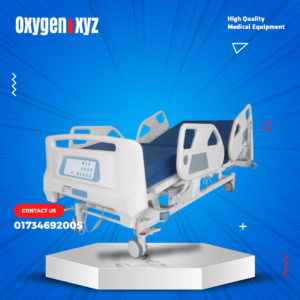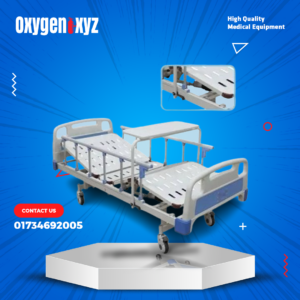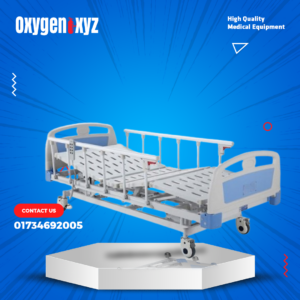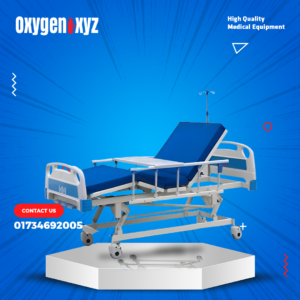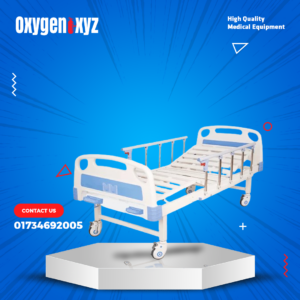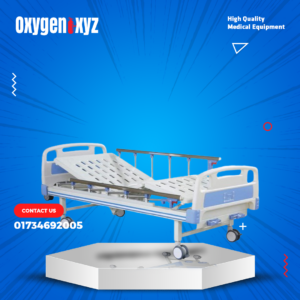
-
Sale
5-Function Electric Hospital Bed
Original price was: ৳ 130,000.00.৳ 120,000.00Current price is: ৳ 120,000.00. -
Sale
Henry HR-828 Two Function Electric Medical
Original price was: ৳ 100,000.00.৳ 90,000.00Current price is: ৳ 90,000.00. -
Sale
Kaiyang KY302D-32 Electric Medical Bed
Original price was: ৳ 190,000.00.৳ 170,000.00Current price is: ৳ 170,000.00. -
Sale
Three Crank Manual Hospital Bed
Original price was: ৳ 55,000.00.৳ 45,000.00Current price is: ৳ 45,000.00. -
Sale
Two Function Manual Patient Bed
Original price was: ৳ 35,000.00.৳ 29,000.00Current price is: ৳ 29,000.00. -
Sale
Two Function Manual Patient Bed
Original price was: ৳ 30,000.00.৳ 24,000.00Current price is: ৳ 24,000.00.

